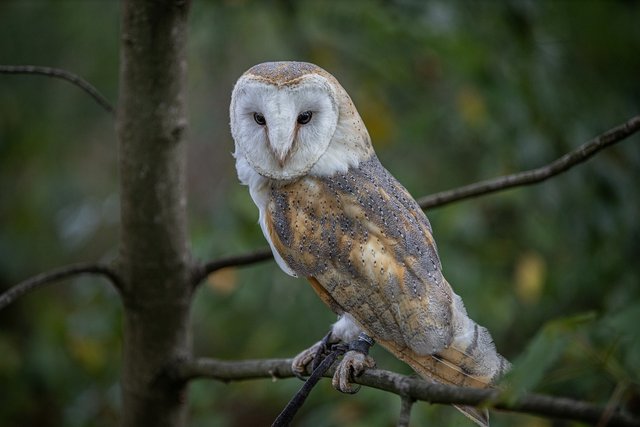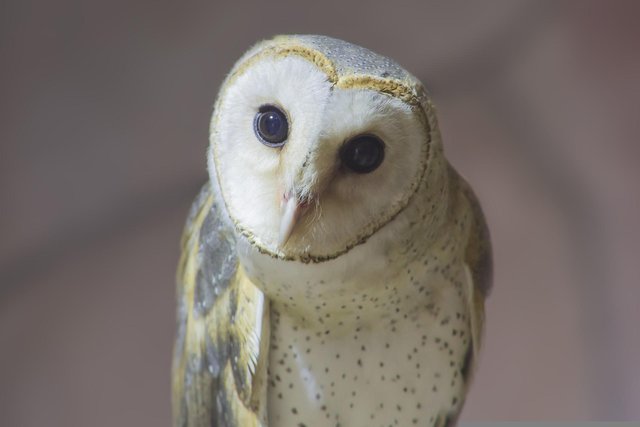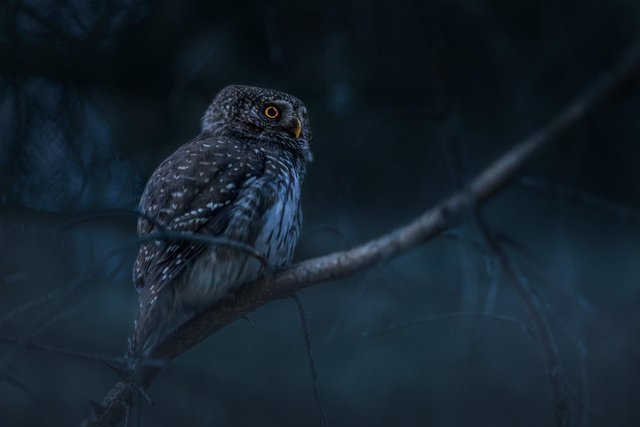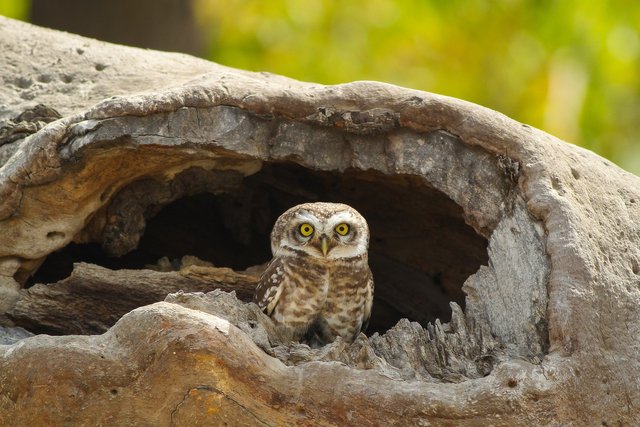Owl in the Forest




A FAMILY OF OWLS
Like falcons and hawks, owls are called raptors, or flying predators, and that implies they utilize sharp claws and bended bills to chase, kill, and eat different creatures.
In any case, owls are unique in relation to birds of prey and falcons in more ways than one. Most owls have colossal heads, stocky bodies, delicate plumes, short tails, and a reversible toe that can point either forward or in reverse. Owl's eyes look ahead, similar to people do. Most owl species are dynamic around evening time, not in the daytime.
There are around 250 types of owls on the planet. They live on each mainland with the exception of frigid Antarctica.
Owls have a place with a gathering of birds called Strigiformes. That gathering is partitioned into two more modest gatherings, known as families. The family called Tytonidae incorporates Barn Owls, which have heart-molded faces. The subsequent family, Strigidae, incorporates any remaining owls, a large portion of which have round faces.
Numerous owls express at an unmistakably low recurrence, which permits their tunes to travel significant distances without being consumed by vegetation. Getting comfortable with these melodies and different vocalizations will help you find and recognize owls.
OWLS ON THE HUNT
Numerous owl species are nighttime, meaning they are dynamic around evening time. There are some owl species who are diurnal, be that as it may, meaning they are dynamic during the day however rest around evening time. Crepuscular species are dynamic during nightfall and first light.
Owls invest quite a bit of their waking energy chasing after food. Numerous owl species are carnivores, or meat eaters. Little, rat like vertebrates, like voles and mice, are the essential prey for the majority owl species. An owl's eating routine may likewise incorporate frogs, reptiles, snakes, fish, mice, bunnies, birds, squirrels, and different animals. Periodically, Great Horned Owls could try and track down skunks sufficiently scrumptious to eat. A few owls, similar to the Flammulated Owl eat bugs solely. Creatures that eat bugs are called insectivores.
Owls chase in different ways. One hunting procedure is called roost and jump. In this technique owls roost easily until they see their prey, then float downward on it; Northern Hawk Owls utilize this methodology. One more way to deal with hunting, called quartering flight, is to look for prey while flying, as used by the Barn Owl.
At times owls - most frequently those that chase in open nation like the Short-eared Owl - float like a helicopter above prey until they are prepared to focus in on it. Floating takes a great deal of energy. Tunneling Owls ordinarily stumble into the ground after their prey. In all strategies, owls by and large chase near the ground with the goal that they can all the more effectively hear and see their prey.
Owls in some cases conceal their food. They catch prey and utilize their bill to painstakingly stuff the food into a concealing spot. This is called storing (articulated CASH-ing). Owls could reserve prey in openings in trees, in the forks of tree limbs, behind rocks, or in bunches of grass. Owls do this while the hunting is great to load up and will normally return for the prey in something like a little while.
HANGING OUT - ROOSTING
Toward the finish of a day or night spent hunting, owls return to a resting place, called a perch. Most owls perch alone, or close to a home during the rearing season. Notwithstanding, there are a couple of animal categories that perch commonly, or share a perching region with others of similar species.
Albeit ineffectively comprehended, owls might help in at least one ways from having a similar perch. The owls can look for mobbing warblers and hunters. They may likewise cluster together to keep each other warm. Shared perches likely make it more straightforward for owls to find accomplices during the mating season. Owls might try and pass along data about great hunting spots. The perch is usually situated close to great hunting grounds so owls can look for prey when they leave or return to the perch.
We're in this together.🌞🌄 Resteem to our profile!
Amazing post